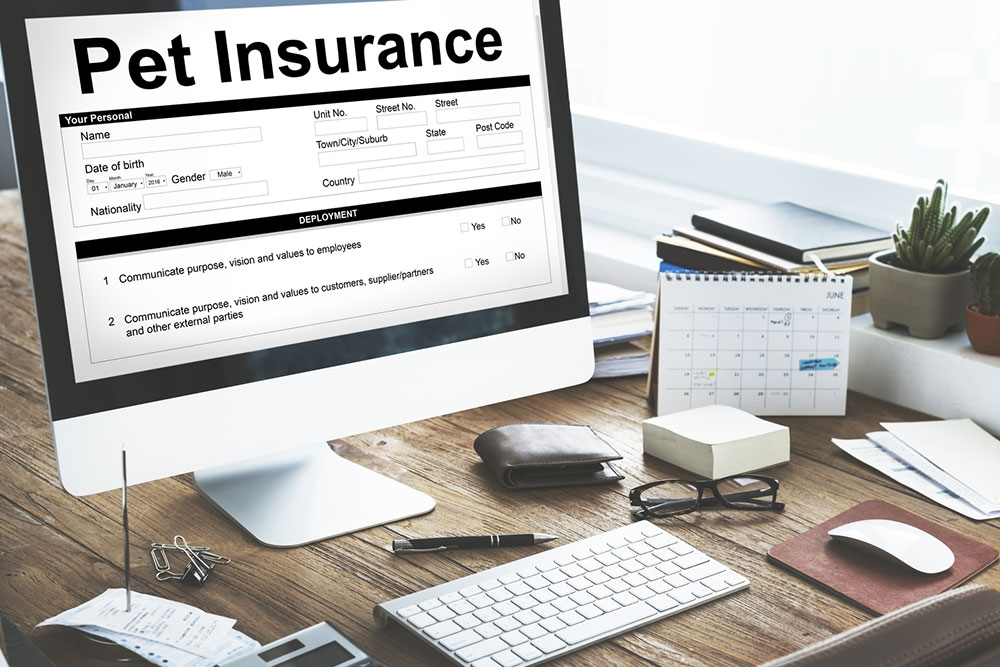7 mistakes to avoid when purchasing pet insurance

Not long ago, pet owners sometimes had to make heartbreaking decisions when their pets were diagnosed with chronic conditions because of the high treatment costs that had to be paid out of pocket. Today, with pet insurance, people can get medical treatment and enjoy more time with their pets. But, with several insurers and plans to choose from, it is easy to make misjudgments. Here are seven mistakes pet owners make when purchasing pet insurance.
Buying pet insurance too late
Although pet owners are happy to meet their pets’ needs in all other aspects of life, insurance is often ignored until their pet has developed a serious illness or has met with an accident. This is a mistake for two reasons:
- Just like medical insurance for humans, pet insurance only gets more expensive as they age. This could result in higher premiums, more exclusions, and increased out-of-pocket costs.
- Moreover, insurance providers may not offer coverage for pets with pre-existing conditions, which could lead to disqualification from the policy or minimal coverage.
To avoid these issues, always purchase pet insurance while the pets are still young and healthy.
Not seeking a veterinarian’s opinion
Another frequent mistake pet owners make is thinking that pet insurance is an individual decision. As a result, they don’t consider taking their veterinarian’s input or advice while choosing a policy. By doing so, they may end up with a policy that over or under-covers their pet and costs a lot of money. So, before signing up for pet insurance, speak to the pet’s primary care physician. They can help tailor the insurance plan to provide the best possible current and future coverage for the pet.
Considering insurance as a savings plan
Some pet owners also make the mistake of thinking that a pet insurance policy works like a savings plan. They only buy an insurance plan based on the cost of premiums and the chances of making a claim in the future. However, pet owners should consider a pet insurance policy as a risk management strategy instead of a savings plan. In case something happens to one’s pet, insurance works as a safety net to effectively manage costs without breaking the bank.
Not asking enough questions
One should not buy pet insurance without reading the fine print or asking relevant questions to the policy provider. This could lead to a host of disappointments and a loss of money, as the policy may not cover the pet’s requirements. Before signing up for any insurance plan, speak to the agent and ask them questions pertinent to the pet’s overall health. Take some time to understand the inclusions and know the exact coverage to avoid any confusion or complications in the future.
Getting the wrong type of insurance
Insurance providers offer different types of plans for pets. While the intricacies may vary, they majorly involve the following:
- Comprehensive coverage : Also known as accident and illness coverage, this provides the maximum coverage for one’s pets. It generally involves accidents, chronic conditions (like cancer and arthritis), common illnesses, behavioral problems, dental care, diagnostic testing, and prescriptions.
- Accident-only coverage : As the name suggests, this only provides coverage for accidents, such as swallowing a foreign object or something toxic, laceration, heat strokes, breaking a bone, bee stings, getting hit by a vehicle, etc. It does not cover any illnesses or chronic/inherited conditions.
- Wellness coverage : This is generally sold as an add-on package along with the other two insurance plans. It covers the cost of routine care, such as wellness exams, microchipping, parasite prevention, dental cleanings, deworming, fecal tests, urinalysis, and so on.
One must understand the pet’s needs and consult a veterinarian to make an informed decision regarding the kind of pet insurance required.
Overlooking coverage exclusions
Exclusions may differ from policy to policy, depending on the pet’s age and health. Exclusions such as pre-existing conditions, hereditary conditions, behavioral issues, elective procedures, and preventive care are common. Pet owners should read the scheme-related documents carefully to avoid running into any surprises in the future.
Selecting insurance based on the premium amount
While staying within one’s budget is important, the cost of premiums cannot be the only governing factor when choosing a pet insurance policy. Consider other factors such as coverage, waiting periods, policy limits, deductibles, reimbursements, and age limitations as well to ensure comprehensive coverage and peace of mind.



